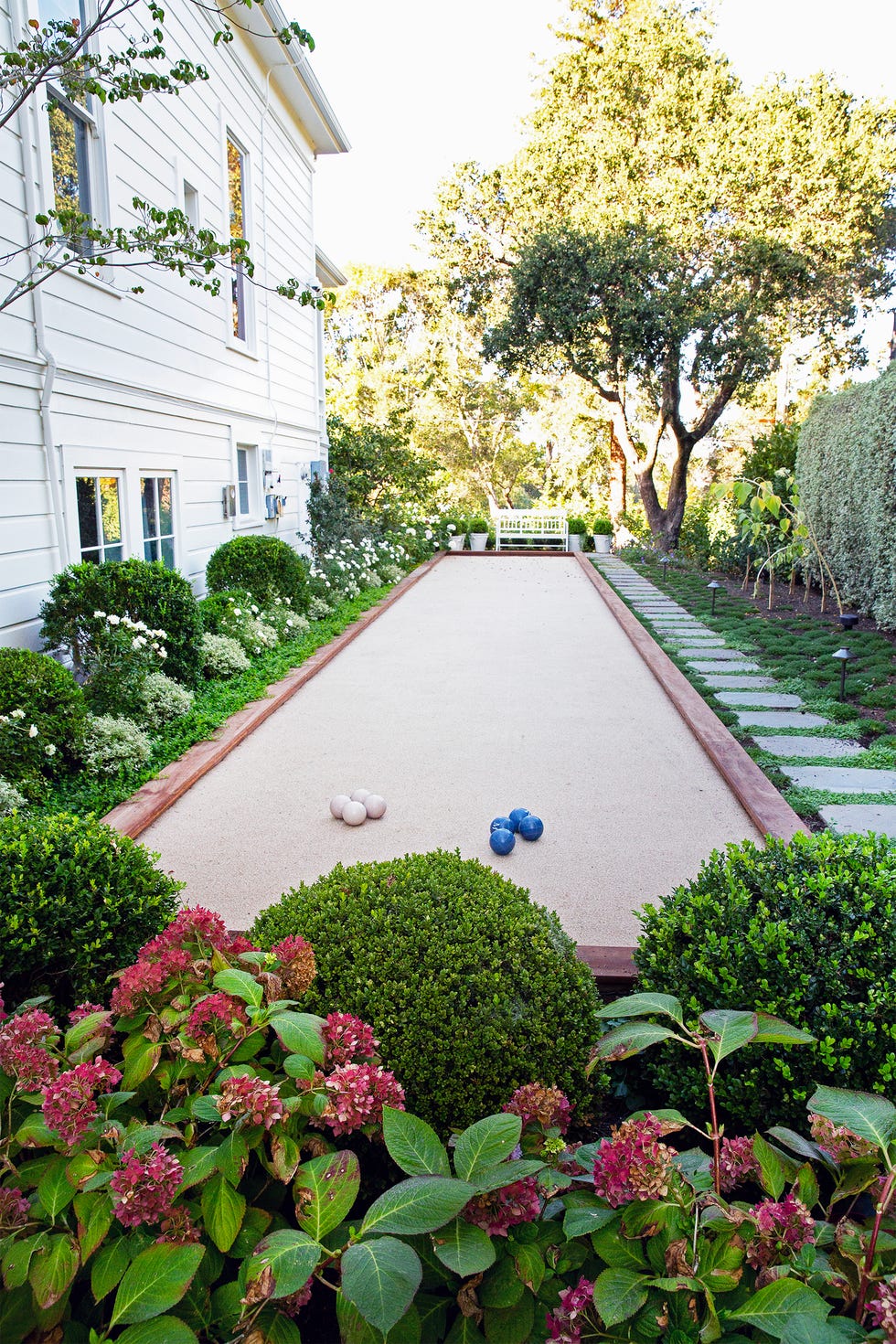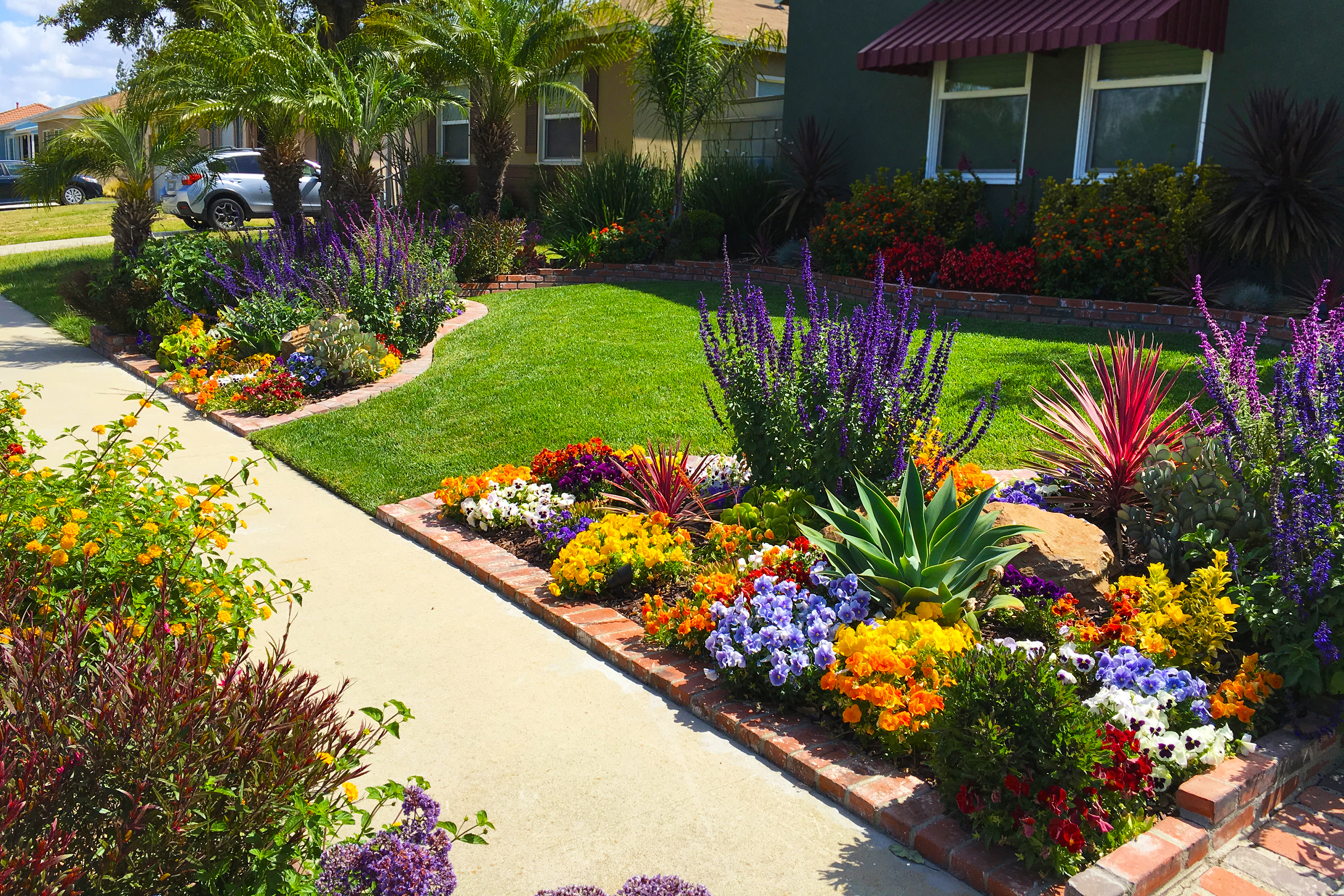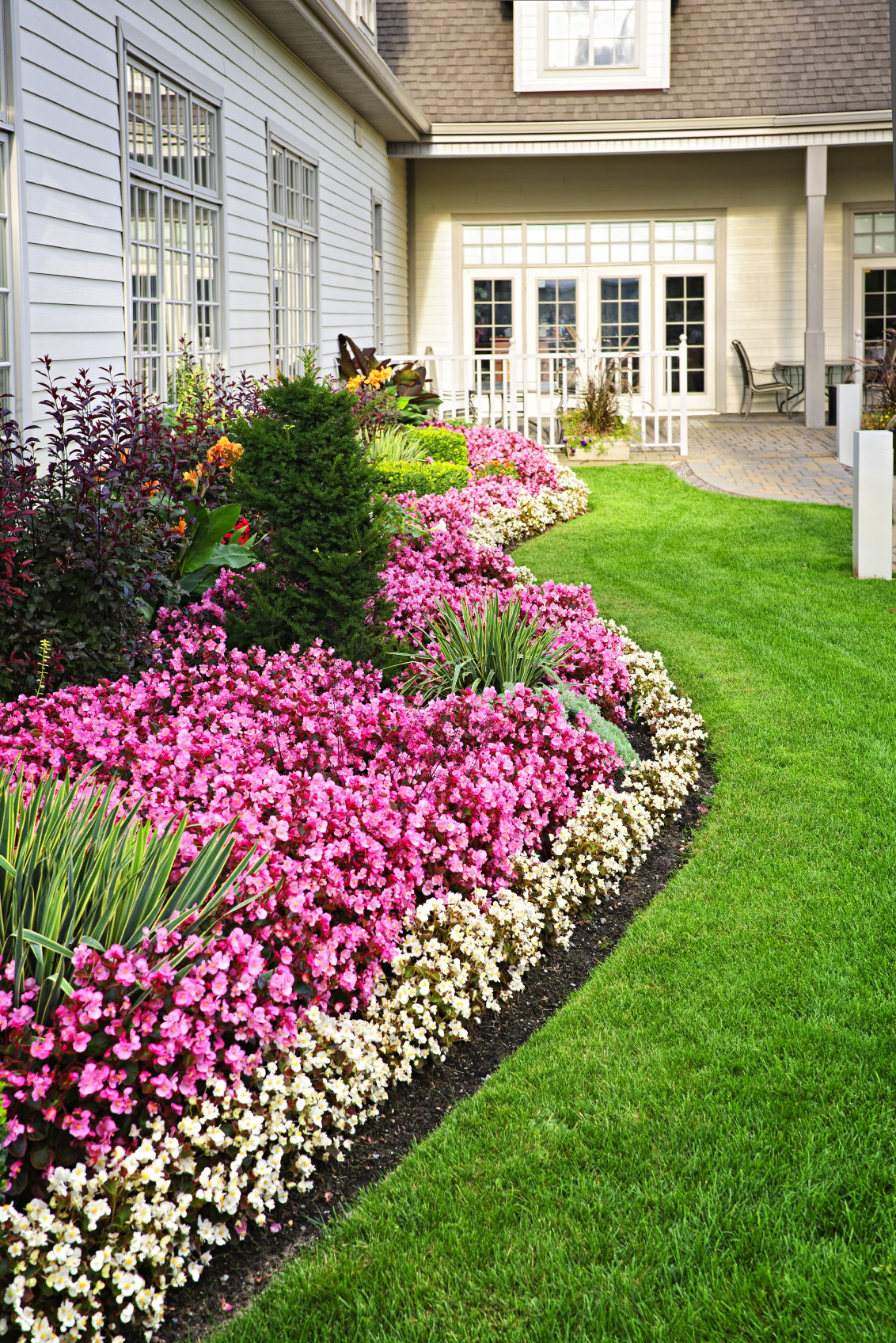Trusted Landscaping Company Jacksonville: High Quality Landscaping Providers for Your Home
Trusted Landscaping Company Jacksonville: High Quality Landscaping Providers for Your Home
Blog Article
Elevate Your Home's Aesthetic With Sustainable Landscape Design Layouts and Eco-Friendly Practices

Benefits of Sustainable Landscape Design
Implementing sustainable landscape design techniques not just saves natural deposits but additionally advertises biodiversity and boosts total ecological health and wellness. By picking eco-friendly landscape design strategies, residential property proprietors can enjoy a wide variety of advantages that prolong beyond simply visual charm. One considerable benefit is the decrease of water usage through the use of drought-resistant plants, rainfall yards, and effective watering systems. This not just reduces energy costs however also adds to water conservation initiatives in the neighborhood.
Additionally, lasting landscaping can boost dirt health by minimizing using chemical fertilizers and chemicals, therefore producing a much healthier setting for plant development and useful soil organisms. This, in turn, boosts the general durability of the landscape to endure environmental stressors and environment adjustment effects - bush removal Jacksonville. Furthermore, sustainable landscaping practices can bring in diverse wildlife, including pollinators like butterflies and bees, promoting an extra balanced and lively ecosystem within the property
Incorporating Native Plants
To build on the benefits of sustainable landscape design, a strategic concentrate on including indigenous plants can additionally boost ecological resilience and promote biodiversity within the landscape. Native plants are varieties that naturally occur in a specific area and have evolved to grow in the neighborhood climate, soil conditions, and community. By including native plants in landscaping layouts, homeowner can reduce water use, decrease the requirement for chemical pesticides and fertilizers, and support the local wild animals population.
Integrating native plants additionally aids in protecting the distinct personality and identity of a region's vegetation. These plants usually call for less upkeep as soon as developed, making them a cost-efficient and sustainable landscape design service in the lengthy run. Furthermore, native plants can draw in native pollinators like and butterflies, adding to the general wellness of the ecological community.
When choosing native plants for landscaping jobs, it is necessary to pick types that are fit to the certain ecological conditions of the website. Consulting with local baby rooms or organic yards can offer useful assistance on picking the best native plants for a certain area. By integrating native plants into landscaping styles, homeowner can produce stunning, sustainable outdoor rooms that profit both the area and the atmosphere.

Water Conservation Methods
Efficient watering approaches play an essential duty in sustainable landscaping techniques, guaranteeing optimum water conservation efforts in outdoor rooms. Executing methods such as drip watering, rainwater harvesting, and clever irrigation systems can dramatically minimize water wastage while maintaining a healthy landscape. Drip irrigation provides water directly to the roots of plants, minimizing evaporation and overflow. Rainwater gathering includes gathering rainwater from roofs and storing it for later use in watering, minimizing the reliance on municipal water sources. Smart watering systems make use of climate information and soil moisture degrees to adjust watering routines, avoiding overwatering and advertising water effectiveness.
In addition to advanced watering techniques, xeriscaping is an additional water-saving landscape design method that concentrates on utilizing drought-resistant plants, mulch, and efficient watering to produce a low-water landscape layout - landscaping companies Jacksonville. By choosing native plants that are well-suited to the neighborhood environment and soil problems, residential or commercial property proprietors can decrease the need for too much watering, ultimately conserving water and promoting a lasting exterior setting
Eco-Friendly Hardscaping Ideas
Enhancing outside areas with eco-friendly hardscaping functions can contribute dramatically to lasting landscape design practices. When taking into consideration hardscaping components, opt for materials like recovered wood, recycled concrete, or natural stone to reduce environmental effect. These materials not only include a special visual allure to your outdoor room but likewise minimize the demand for new sources extraction.
Applying permeable leading options such as crushed rock or absorptive concrete can help in reducing water drainage and promote Discover More Here groundwater recharge. These alternatives enable rainwater to permeate right into the ground, avoiding disintegration and lessening the burden on stormwater systems.
Incorporating native plants into hardscaping layouts can better enhance eco-friendliness by supporting local wild animals and minimizing the need for too much watering or chemical treatments. By including upright gardens or environment-friendly walls, you can present extra greenery right into metropolitan setups, improving air top quality and biodiversity.
Integrating energy-efficient lights, such as solar-powered LEDs, right into hardscaping designs can minimize electrical energy consumption and lower your residential property's carbon footprint. Prioritizing environment-friendly hardscaping ideas not only boosts the charm of your exterior space however also demonstrates a commitment to ecological stewardship.
Maintenance Tips for Sustainable Landscapes

Frequently trim plants to promote healthy and balanced growth and avoid overgrowth that can bring about pest diseases or invasions. Usage organic plant foods to nourish the soil and plants without damaging chemicals that can seep right into the atmosphere. For hardscaping aspects, such as permeable pavers or rock paths, routinely tidy them to stop debris buildup and keep their capability. By remaining aggressive with upkeep jobs, you can protect the appeal and sustainability of your landscape for several years to come.
Verdict
In conclusion, sustainable landscaping practices provide many advantages for hop over to here homeowner, from boosting the visual charm of the environments to advertising environmental conservation. By incorporating native plants, implementing water conservation techniques, and making use of eco-friendly hardscaping ideas, residential or commercial property owners can produce attractive landscapes that are additionally eco liable. With appropriate maintenance, sustainable landscapes can contribute and prosper to a much healthier environment for both people and wildlife.
Furthermore, lasting landscaping can improve soil health and wellness by decreasing the use of chemical plant foods and pesticides, therefore creating a much healthier environment for plant growth and advantageous dirt microorganisms.To build upon the advantages of lasting landscaping, a calculated focus Read More Here on integrating native plants can better boost environmental resilience and advertise biodiversity within the landscape. By including native plants in landscape design styles, building owners can lower water usage, minimize the demand for chemical pesticides and fertilizers, and sustain the regional wildlife populace.
These plants frequently call for less upkeep once developed, making them a affordable and lasting landscaping option in the long run. By integrating indigenous plants into landscape design layouts, home proprietors can create attractive, sustainable exterior spaces that benefit both the setting and the community.
Report this page